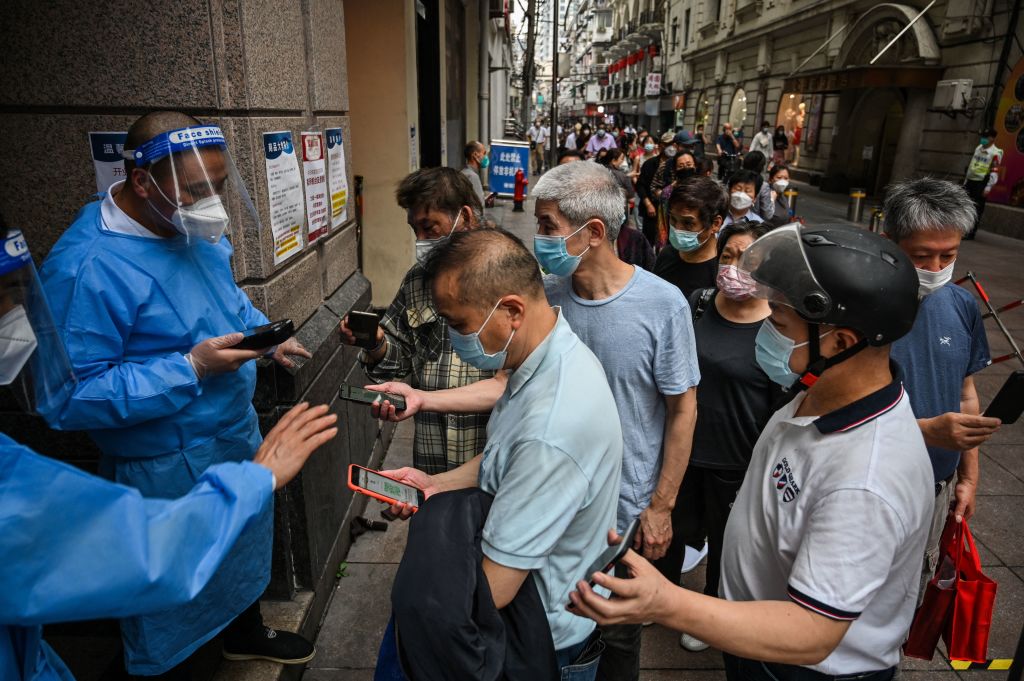
China has prioritised implementation of digital technology in the health sector in recent years. In November 2022, China proposed the digitisation of national health information by 2025 as part of its five-year national health informatisation plan.
Globally, digitisation has been used as a solution to issues such as labour shortages, healthcare privatisation and health record management. The Australian government, for example, has supported the development of a range of digital initiatives for enhancing the cost-effectiveness of the public health sector.
Because digitisation is being led by technology companies, the public health sector is becoming more complicated by the intersection of public and commercial interests. There is growing awareness of issues related to data governance and bioethics in digital health. Concerns have emerged about the potential for digital technologies to exacerbate health inequality and the influence that corporations may have over public health policies. In China, apprehensions are centred on the potential for privacy breaches and human rights abuse due to its healthcare divide and polarisation as well as its status as a surveillance state.
China’s health informatisation plan aims to digitise and standardise China’s healthcare systems from the national to the county level across all provinces. The plan demonstrates a general sense of optimism that digitisation will solve the current and future problems faced by China’s public health system.
The framing of China’s Covid-19 tracing program, Health Code, as simply an extension of China’s pandemic surveillance doesn’t show the full picture. The Covid-19 pandemic undoubtedly exposed weaknesses in China’s healthcare system and accelerated the process of public health digitisation on a larger scale, but these technologies also create problems.
Health Code was initially implemented on DingTalk, an enterprise productivity management application owned by the Alibaba Group. It was used to document and report employees’ welfare to employers to assess their capability for work. In February 2020, Tencent and Alibaba worked with the municipal governments in Shenzhen and Hangzhou, where the two tech giants are based, to experiment with including the Health Code functionality in WeChat and Alipay, the two primary digital platforms for communication and financial transactions in China.
Since early 2020, Health Code functionality has been rolled out across the nation to improve the recovery of China’s economy after massive lockdowns across China. It tracks users’ movements to identify if they have been exposed to a Covid hotspot. Green, yellow and red indicators show whether a citizen is permitted to go out and access public facilities or must undergo home or collective mandatory quarantine.
Each province launched its own version of Health Code, enabling local government officials to manage and even exploit the local Health Code system. In June 2022, five officials in Henan province were disciplined after manipulating the local Health Code system to prevent protestors from travelling. The case raised concerns about whether digital health systems might become a convenient tool for the government as a form of political and ideological control over ethnic minorities or protestors.
More protective and ethical data-management guidelines have yet to be established in China. In August 2022, a breach of Shanghai’s Health Code system exposed the data of 50 million users. Their names, phone numbers, identity documents and Covid status were then put up for sale on the dark web.
This incident exposed the vulnerability of citizens’ data stored by government agencies. China has accelerated efforts to establish a legal architecture for data protection over the past five years, such as the promulgation of the Cybersecurity Law in 2018 and the Personal Information Protection Law and Data Security Law in 2021. But these measures have proven to be inefficient in providing meaningful guidance for how governments, from the national to the local level, should use, collect and protect citizens’ data ethically and with accountability.
The digitisation and unification of China’s health system will not translate to an inclusive model for public health systems. China’s harsh lockdowns exposed the fundamental challenges of its healthcare system, with poor coordination between health organisations, providers and local governments. Healthcare resources are unevenly distributed across age groups, geolocations, social classes and occupations, with the upper-middle-class residents of major cities benefiting far more than marginalised rural residents. The digital divide and the lack of digital literacy further deepen healthcare polarisation.
Policymakers should seek to improve public health systems by addressing the root causes of the problems affecting healthcare, rather than seeing technology as a silver bullet to resolve all issues.

